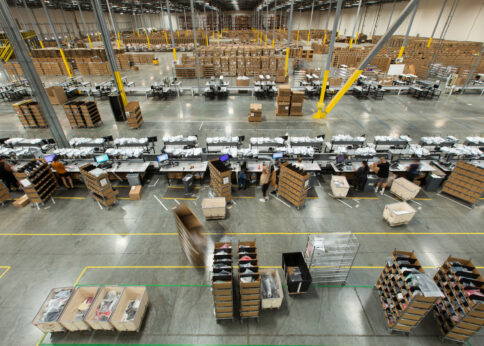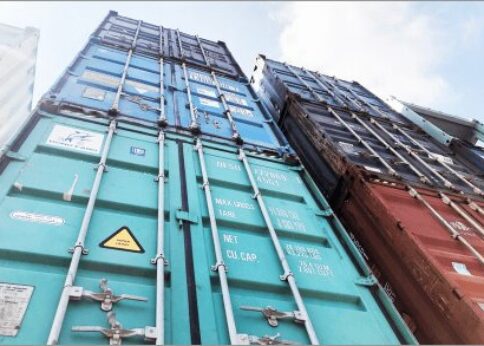What is a digitized supply chain?
Supply chain digitization is a part of modernizing supply chain operations into digital processes by establishing an integrated, cross-functional pool of data gathered from internal and external sources across the supply chain, using automation and business intelligence. (e.g., sales data, POS data, competitor prices. etc.)
How does Supply Chain Management work?
Simply put, the overall workflow of Supply Chain Management is split into three different categories: product, information, and finances. Every organization part of a supply chain works under one of these domains.
Product flow – includes the timely formation, storage, and delivery of goods in the supply chain, including quality assurance tests at every step of the product lifecycle.
The information flow handles the continuous process of sending and receiving purchase orders and updating delivery statuses. All other workflows depend on the accuracy of the information flow throughout the supply chain. The financial flow deals with payments, inventory management, billing, credit terms, and other workflows related to finance.













